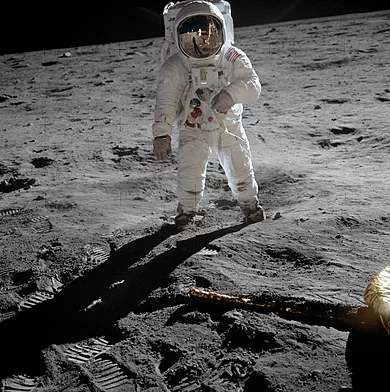It is 50 years today that Apollo 11 landed men on the moon – and the final small step for one man, astronaut Neil Armstrong, was indeed a giant leap for mankind.
Achieving that goal was the result of a massive programme of inspiration, innovation, investment, exploration and emergent learning that has led directly to many of the everyday things that we take for granted. Portable computers and the Internet are just two spin-offs that our 21st Century society could not function without.
 I have also just finished reading “Into the Black” which is the gripping story of the first flight of the Space Shuttle in April 1981.
I have also just finished reading “Into the Black” which is the gripping story of the first flight of the Space Shuttle in April 1981.
This was another giant technical and cultural leap that paved the way for the International Space Station.
And it has not been plain sailing. There have been very visible disasters that have shocked the world and challenged our complacency.
This is how complex system design is – few notice when it works – and everyone notices when it fails.
The emerging body of knowledge that NASA used is called systems engineering and it can be applied to any system, of any size and any complexity.
And that includes health care.
So, today is a time to pause, reflect and celebrate these awe inspiring achievements. And to draw hope from them because the challenges that health care faces today require no less a commitment to investment in learning how to improve-by-design.
That is health care systems engineering.


